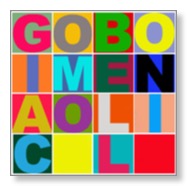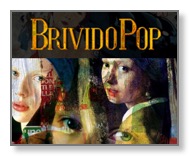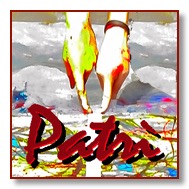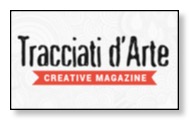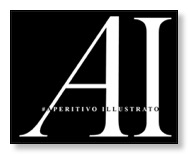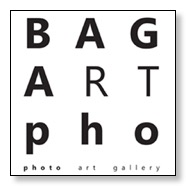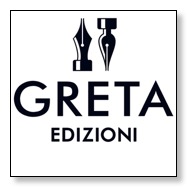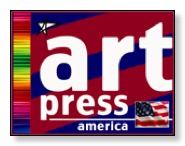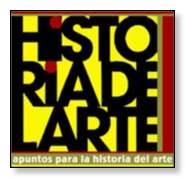Testo pubblicato su: 
_________________________________________________________________
A strange horse
written by Giacomo Belloni
“What a strange painting. It shows a strange, disjointed, broken-up, shambling horse; a piece here, another pice there, one eye on top of the other, a completely distorted horse with no beginning or end. Its ears are mixed up with other parts, perhaps of the body, perhaps not. It requires great effort understand what all those shapes are, and if they belong to the animal or not. And yet you look at the painting and you see a horse, one more true and alive you have ever seen before, with its movements, its horse thoughts, its sufferings, all its desperation, the terror and anguish inside it which it would like to shout out in a gesture of final, definitive release”.
That was the moment when I remembered the sentence of that Spanish painter, the famous one, Picasso, the who said he never been an abstract painter, because this term generally indicates an (almost) complete distancing from reality seriously into consideration, more than a lot of others.
In this work all facets of reality are perceived, and the horse, if we take time to look at it thoroughly, seems to be shown in a surprisingly more complete, truthful way than than a photograph could do. A continuous series of instants is represented here in a single vision which offers much more information than we are used to receiving from a conventional image. And yet from the determination and confidence of the painted forms, we immediately understand the painter's intention of detaching himself from the common type of representation, which is limited in that it only reflects an appearance. Painting is a blind man's profession - said Picasso – you don't paint what you see, but what you feel, what you say to yourself about what you have seen.
Clearly here we have a complete reinterpretation. The elements are decomposed then analyzed from a different perspective, re-assembled so that they can simultaneously shows various facets of the same structure captured at different moments.
In the work, space is flattened, depth is eliminated because it is no longer important; and the same goes for shading, wich is no longer necessary for representing the meta-dimentional complexity of modern perception. The third dimension is completely cancelled, because space - as are used to experiencing it in reality - does not exist in the painting except in its virtual aspects, obtained by means of oblique segments or, in the case of volumes, by means of curves lines. There is no relief, it has disappeared.
The representation is decomposed, de-structured, broken up into significant planes, because its aim is no longer to recount the world with simple illustrative methods. By separating colour and relief, the man-world relationship is broken up: there can no longer be nature or the world in it (G.C. Argan).
Picasso wishes to represent what is actually there, which is not “only” what we see. He wishes to express an analytical, deep, complete and faithful knowledge of the object, of the horse. He wishes to transfer this knowledge onto the work with all its inherent sensations. The Renaissance with its perspective are rejected, being being considered limiting, inadequate for the degree of perceptibility achieved by contemporary man. The world has changed, and after the advent of cinema with its moving images, of X-rays which offer a view of things far beneath, the surface, of Einstein's theories on relativity, but above all the Freud, such an obvious, obsolete view is not longer acceptable. We go beyond simple appearances, since beyond the surface is an examinable truth, a reality whitch it is possible to render the continuity of time which flows over it and whitch, as it passes, leaves a definite, sometimes disconcerting mark because the artist […] is better than a camera […] through our knowledge of its inner reality, an object becomes much more than its simple appearance (Jean Paul Sartre).
Picasso horse emits a piercing whinny which penetrates the viewer's ears like a sharpened spear. Its eyes seem to spin round wildly in search of comfort, certainty, in a context which seems to have no stable reference point. Its figure offers a dynamism which stretches into time, a sequence of infinite instants which prolong a cry of universal desperation, a cry not only of the animal, but also of Mankind, a cry which becomes an emblem of the word's impotence in face of the devastation he himself has generated.
_______________________________________________________________________________________
NOTA BENE: ARCHIVIOARTE non ha alcun fine di lucro. Ogni proposta qui contenuta ha la sola finalità di promuovere la diffusione dell'arte in quanto considerata patrimonio di tutti e per tutti. Ogni iniziativa, ogni azione ed ogni pubblicazione è autoprodotta e diffusa unicamente per amor di cultura e per il convincimento che la sua condivisione ci possa rendere più ricchi spiritualmente e più liberi.
Nulla di quanto qui pubblicato ha contenuti politici.
_______________________________________________________________________________________
"È vero, principe, che una volta avete detto che il mondo sarà salvato dalla bellezza?" Dostoevski, L'Idiota
_______________________________________________________________________________________




